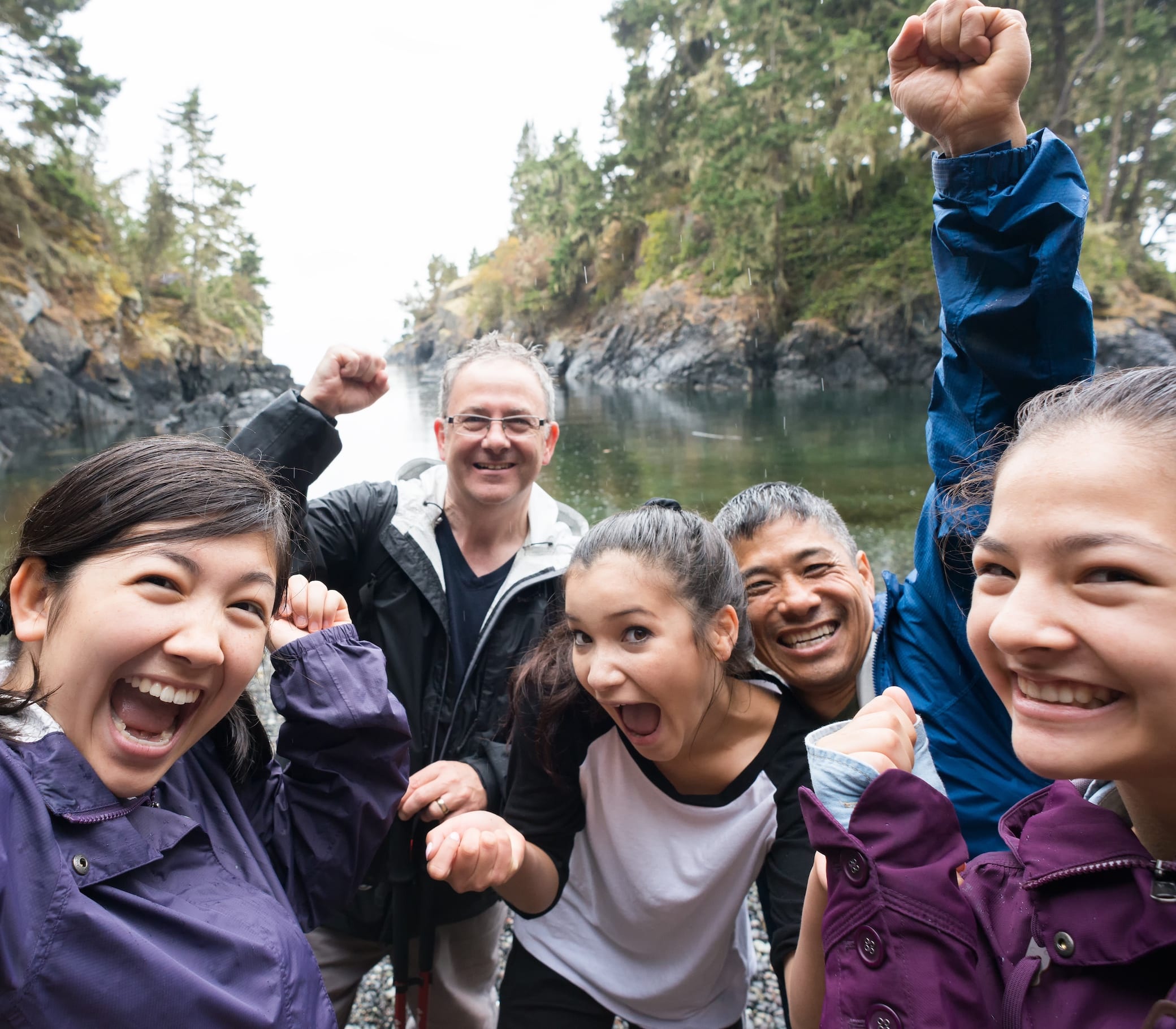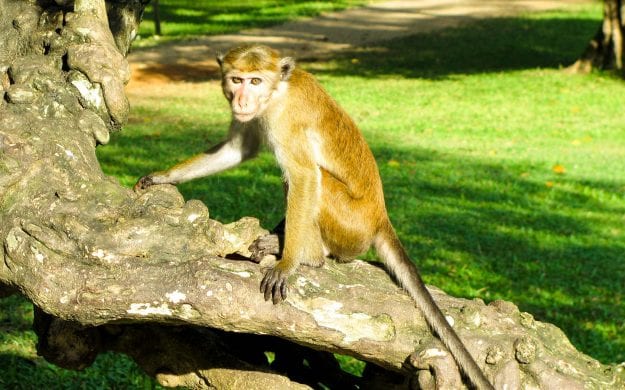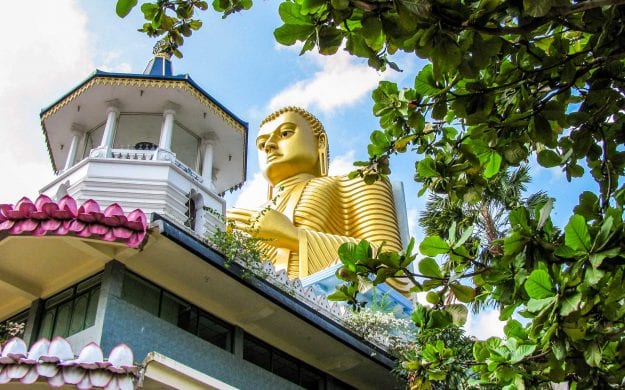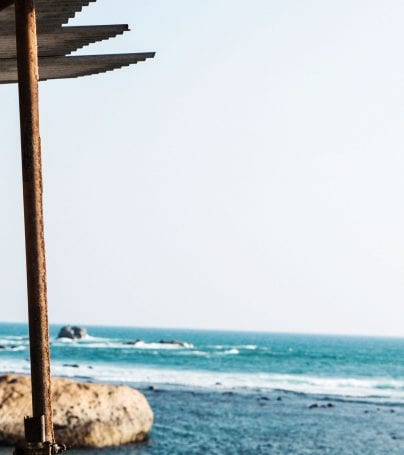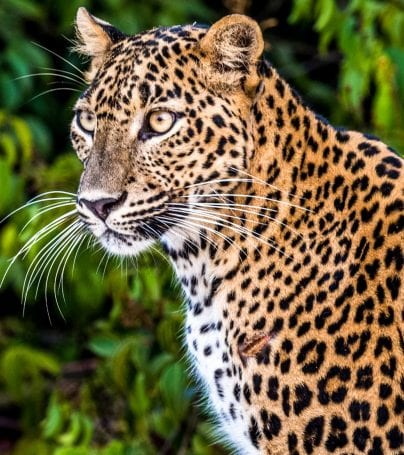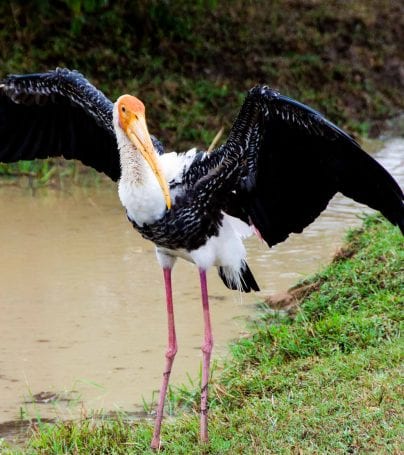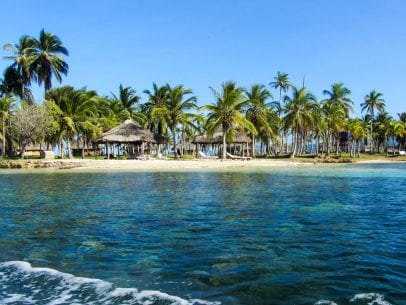Colombo Adventure Tours
Colombo is the largest city and former capital of Sri Lanka. It is located on the west coast of the island and adjacent to Sri Jayawardenapura Kotte, the capital. Colombo is a busy and vibrant city with a mixture of modern life and colonial buildings and ruins and a city population of close to 700,000. Due to its large natural harbor and its strategic position along the East-West sea trade routes, Colombo was known to ancient Roman, Arab, and Chinese traders over 2,000 years ago. Arab Muslims whose prime interests were trade, began to settle in Colombo around the 8th century AD mostly because the port helped their business and controlled much of the trade between the Sinhalese kingdoms and the outside world. Their descendants now comprise the local Sri Lankan Moor community. Colombo became the capital of the island when Sri Lanka was ceded to the British Empire in 1815, and its status as capital was retained when the nation became independent in 1948. In 1978, when administrative functions were moved to Sri Jayawardenepura Kotte, Colombo was designated as the commercial capital of Sri Lanka.
Colombo’s colonial heritage is visible throughout the city, as in the historical Wolvendaal church, established by the Dutch in 1749. Portuguese explorers led by Dom Lourenço de Almeida first arrived in Sri Lanka in 1505. During their initial visit they made a treaty, enabling them to trade in the islands’ crop of cinnamon, which lay along the coastal areas of the island. As part of the treaty, the Portuguese were given full authority over the coast line in exchange for the promise of guarding the coast against invaders. They were also allowed to establish a trading post in Colombo. Within a short time, however, they then expelled the Muslim inhabitants of Colombo and began to build a fort there in 1517.
The Portuguese soon realized that control of Sri Lanka was necessary for protection of their coastal establishments in India, so they began to manipulate the rulers of the Kotte Kingdom in order to gain control of the area. After skillfully exploiting rivalries within the Royal Family, they took control of a large area of the Kingdom and the Sinhalese King Mayadunne established a new Kingdom at Sitawaka, a domain in the Kotte kingdom. Before long, he annexed much of the Kotte kingdom and forced the Portuguese to retreat to Colombo, which was repeatedly besieged by Mayadunne and the later Kings of Sitawaka, forcing them to seek reinforcement from their major base in Goa, India. However, following the fall of the Kingdom in 1593, the Portuguese were able to establish complete control over the entire coastal area, with Colombo as their capital.
In 1638 the Dutch signed a treaty with King Rajasinha II of Kandy which assured the king assistance in his war against the Portuguese in exchange for a monopoly of the island’s major trade goods. The Portuguese resisted the Dutch and the Kandyans, but were gradually defeated in their strongholds beginning in 1639. The Dutch captured Colombo in 1656 after an epic siege, at the end of which a mere 93 Portuguese survivors were given safe conduct out of the fort. Although the Dutch initially restored the captured area back to the Sinhalese Kings, they later refused to turn them over and gained control over the island’s richest cinnamon lands including Colombo which then served as the capital of the Dutch maritime provinces under the control of the Dutch East India Company until 1796.
Although the British captured Colombo in 1796, it remained a British military outpost until the Kandyan Kingdom was ceded to them in 1815 and they made Colombo the capital of their newly-created crown colony of Ceylon. Unlike the Portuguese and Dutch before them, whose primary use of Colombo was as a military fort, the British began constructing houses and other civilian structures around the fort, giving rise to the current City of Colombo. During the time they were in control of the Colombo, the British were responsible for much of the planning of the present city. In some parts of the city tram car tracks and granite flooring laid during the era are still visible today.
The era of colonialism ended peacefully in 1948 when Ceylon gained independence from Britain. Due to the tremendous impact this caused on the city’s inhabitants and on the country as a whole, the changes that resulted at the end of the colonial period were drastic. An entirely new culture took root. Changes in laws and customs, clothing styles, religions, and proper names were a significant result of the colonial era. These cultural changes were followed by the strengthening of the island’s economy. Even today, the influences of Portuguese, Dutch, and British are clearly visible in Colombo’s architecture, names, clothing, food, language, and attitudes. Buildings from all three eras stand in their glory as reminders of the turbulent past of Colombo. The city and its people show an interesting mix of European clothing and lifestyles together with local customs.
Information based on http://en.wikipedia.org/wiki/Colombo
Customize Your Dream Adventure
We are here to help craft tailor-made adventures for individuals, couples, families, and groups of explorers.
